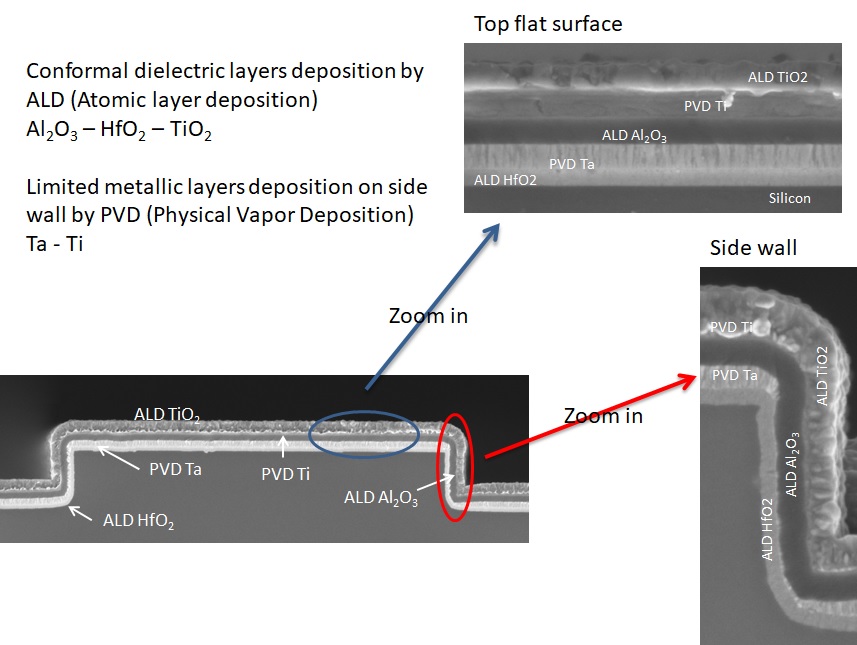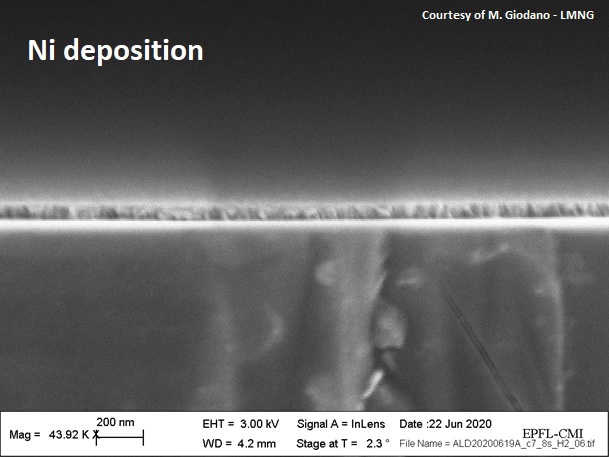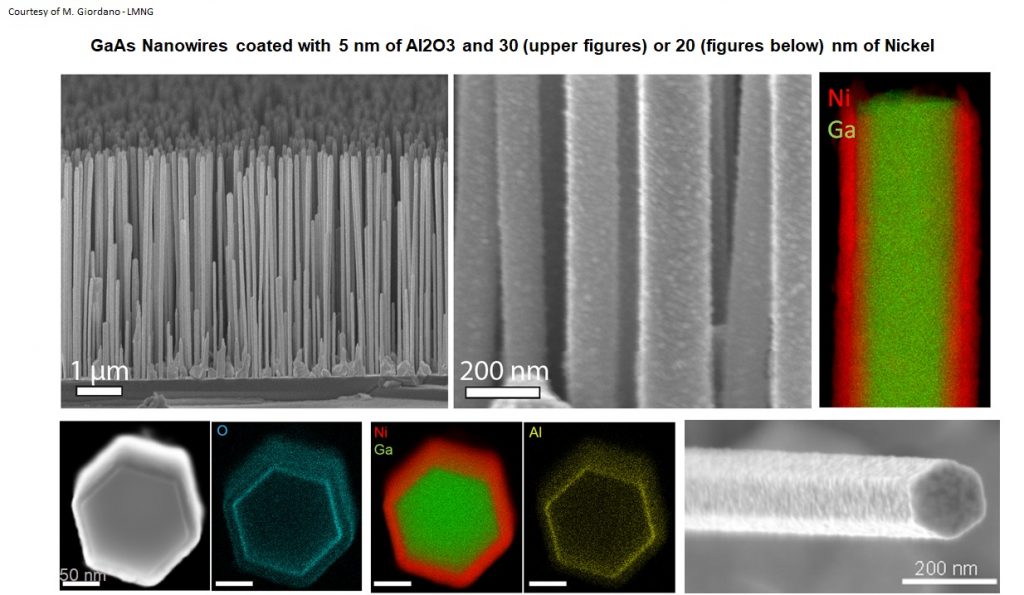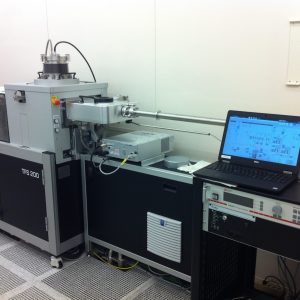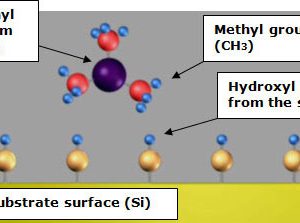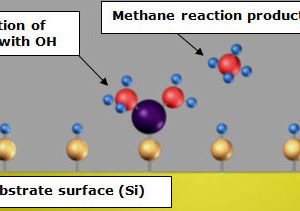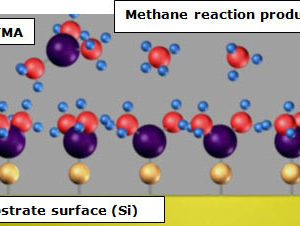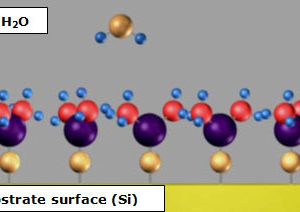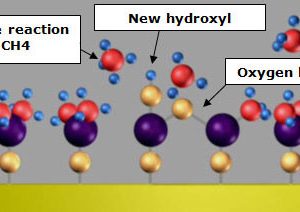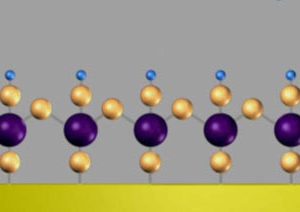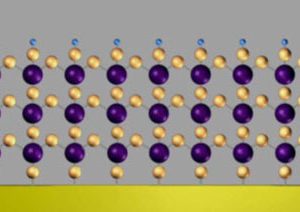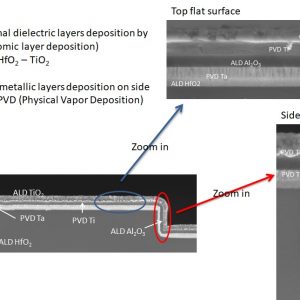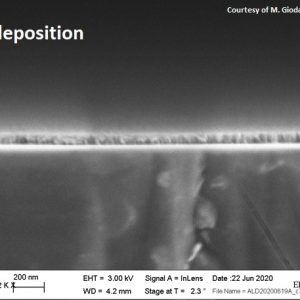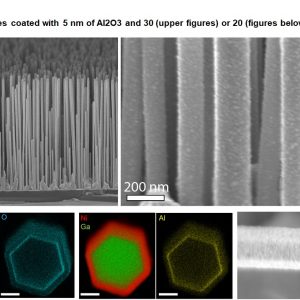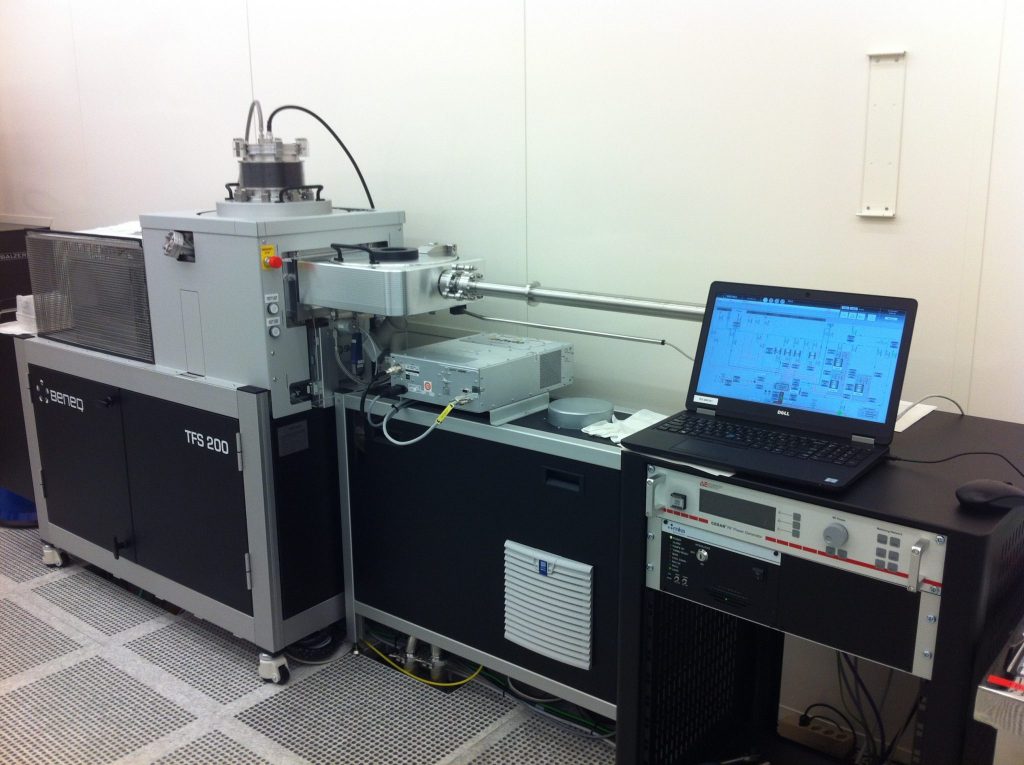
To be read first:
- This tool is NOT MICRO-ELECTRONIC compatible tool
- Organic layers (Photoresist, Kapton, polyimide etc …) allowed
- Gold and copper allowed
BUT NO GLUE or QUICKSTICK
RESERVATIONS RULES AND BILLING POLICY :
- Booking : No restriction
- Reservation names must be correspond to operators
- Billing : Processing time + pulse number
- No penalty fees in case of user’s no show
- Below 200°C : Booking before 1 am
- Below 300°C : Booking after 1 am
- Long time deposition : Night job
CONTENTS :
I. Equipment description
II. Deposition mechanism
III. Layers available at CMi
IV. How to use the system (configuration wafer)
V. How to use the system (configuration powder)
VI. Links
VIII. Gallery
I. Equipement description
The tool Beneq TFS200 is an ALD (Atomic Layer Deposition) system dedicated to the deposition of thin dielectric or metallic layers on wafers from 100 mm up to 200 mm as well as on piece of wafers. This second ALD system has also the capability to deposit dielectric layers on powder larger than 100 nm thanks to a Fluidized Bed Reactor (FBR).
The Atomic Layer Deposition (ALD) technique is recommended for thin layers (30 nm or lower) and/or for layers requesting a high level of conformality. The deposition is done under vacuum (between 7 to 12 mbar) by pulsing alternatively 2 chemically activ precursors.
The equipment is composed of :
- a chamber with inside :
- a reactor for wafer (Temperature : 450°C Max)
- or a reactor for powder (Temperature : 350°C Max)
- a load lock system
- 4 liquid sources and 3 hot sources
- 5 gas lines (O2, O3, N2 and NH3 and purge with N2)
- an ozone generator
- a plasma generator
- a primary pump
The equipment is driven by a software interface but some manual operations are requested for each deposition:
- Chamber and/or precursors heat up
- Loading and unloading the samples
- Opening of the liquid precursors at the beginning of the process
- Closing of the liquid precursor at the end of the process
II. Deposition mechanism
The mechanism of deposition for the Atomic Layer Deposition (ALD) is composed of 4 steps as described below whatever the reactor:
- The first precursor (precursor 1) is pulsed into the reactor and reacts at the surface of the sample by chemisorption to form a monolayer.
- The reaction chamber is purged with inert gas (N2) and the excess of precursor 1 is removed.
- The second precursor (precursor 2) is pulsed into the reactor and reacts with the precursor 1 already present at the surface of the sample. The reaction generates the desired monolayer and a byproduct.
- The byproduct and the excess of precursor are then purged from the reactor with inert gas (N2) (step 4).
The 4 steps represent the elementary loop which is repeated until we get the requested thickness of the layer. An illustration of these 4 steps is done with the deposition of Al2O3 from the Tri-Methyl Aluminum (TMA) and water (H2O).
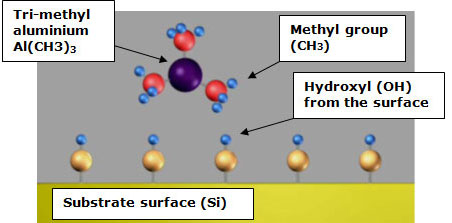
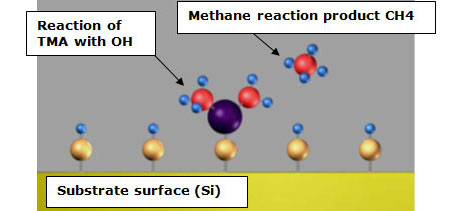
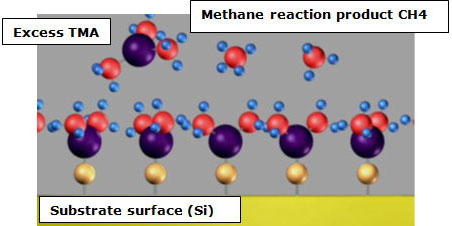
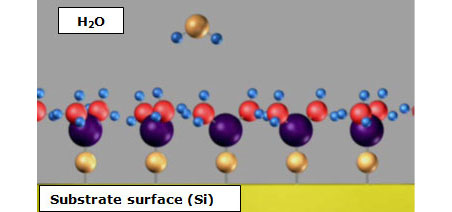
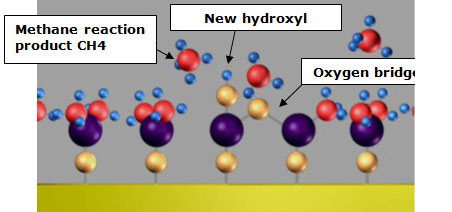
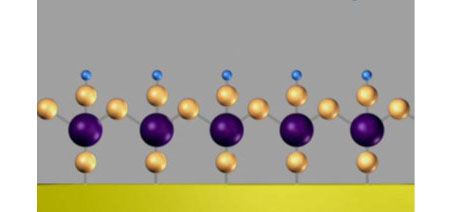
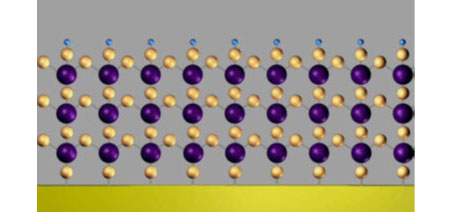
III. Layers available at CMi
On the ALD II system, we have 3 categories of layers available :
- Layers with “Frozen” recipes for wafers
- Layers with”under development” recipes for wafers
- Layer with “Frozen” recipes for powder
Layers with “Frozen” recipes for wafers
“Frozen” recipes means that the pulsing sequence is now fixed and can not be changed. The process conditions are summarized in the table below:
| Layer |
Precursor 1 |
Precursor 2 |
Chamber temperature (°C) |
Deposition rate (A/cy) |
| Al2O3 | TMAl – RT | H2O | 100 – 300 | 1.15 +/- 0.05* |
| Al2O3 | TMAl – RT | O3 | 100 – 300 | 1.15 +/- 0.05* |
| Al2O3 | TMAl – RT | N2 – Plasma | 100 – 300 | 1.15 +/- 0.05* |
| TiO2 | TiCl4 -RT | H2O | 80 – 190 | 0.42 to 0.72 |
| TiO2 | TiCl4 -RT | H2O | 250 | NA |
| SiO2 |
BTBAS |
O3 |
300 |
0.6 +/- 0.02 |
*The deposition rate is given for a deposition temperature of 200°C excepted for TiO2 (@190°C).
For TiO2 layer, the layer’s phase changes at around 200°C. Below 200°C, the layer has a low roughness. Above 200°C, the layer is very rough.
Layers with”under development” recipes for wafers
“Under development” recipes means that the puslsing sequence is not fixed and can be changed as well as the presssures and the temperatures. The recipes are avalaible for CMi users but are not optimized. The up to date process conditions are summurized in the table below:
| Layer |
Precursor 1 |
Precursor 2 |
Chamber temperature (°C) |
Deposition rate (A/cy) |
| AlN | TMAl – RT | NH3 | 375 | NA |
| AlN | TMAl – RT | N2 – Plasma + NH3 | 300 | NA |
| ZnO | DEZ – RT | H2O | 200 | 1. +/- 0.03* |
| Ni | NiCp2 – 80°C | N2/H2 – Plasma + NH3 | 245 |
0.3 +/- 0.03* |
| NiOx | NiCp2 – 80°C | O3 | 200 |
For Ni deposition, the cycle time is very long and to have the lowest resistivity an anneling time of 120 min at 300°C is included in the recipe. For these reasons, the Ni deposition has to be run in night job only. It takes one hour to heat up the NiCp2 hot source for Ni and NiOx deposition.
Layer with “Frozen” recipes for powder
“Frozen” recipes means that the puslsing sequence is now fixed and can not be changed. The process conditions are summurized in the table below:
| Layer |
Precursor 1 |
Precursor 2 |
Chamber temperature (°C) |
Deposition rate (A/cy) |
| Al2O3 | TMAl – RT | H2O | 200 | NA |
| TiO2 | TiCl4 – RT | H2O | 150 | NA |
The depositon on powder are very long, the system has to booked for one week. Please contact staff.
IV. How to use the system (wafer configuration)
V. How to use the system (powder configuration)
V. Links
VI. Gallery
